Braai techniques every braai master should know
How to unleash your inner braai master with inside tips from the best set-up and must-have tools to get the perfect grill and side dish pairing
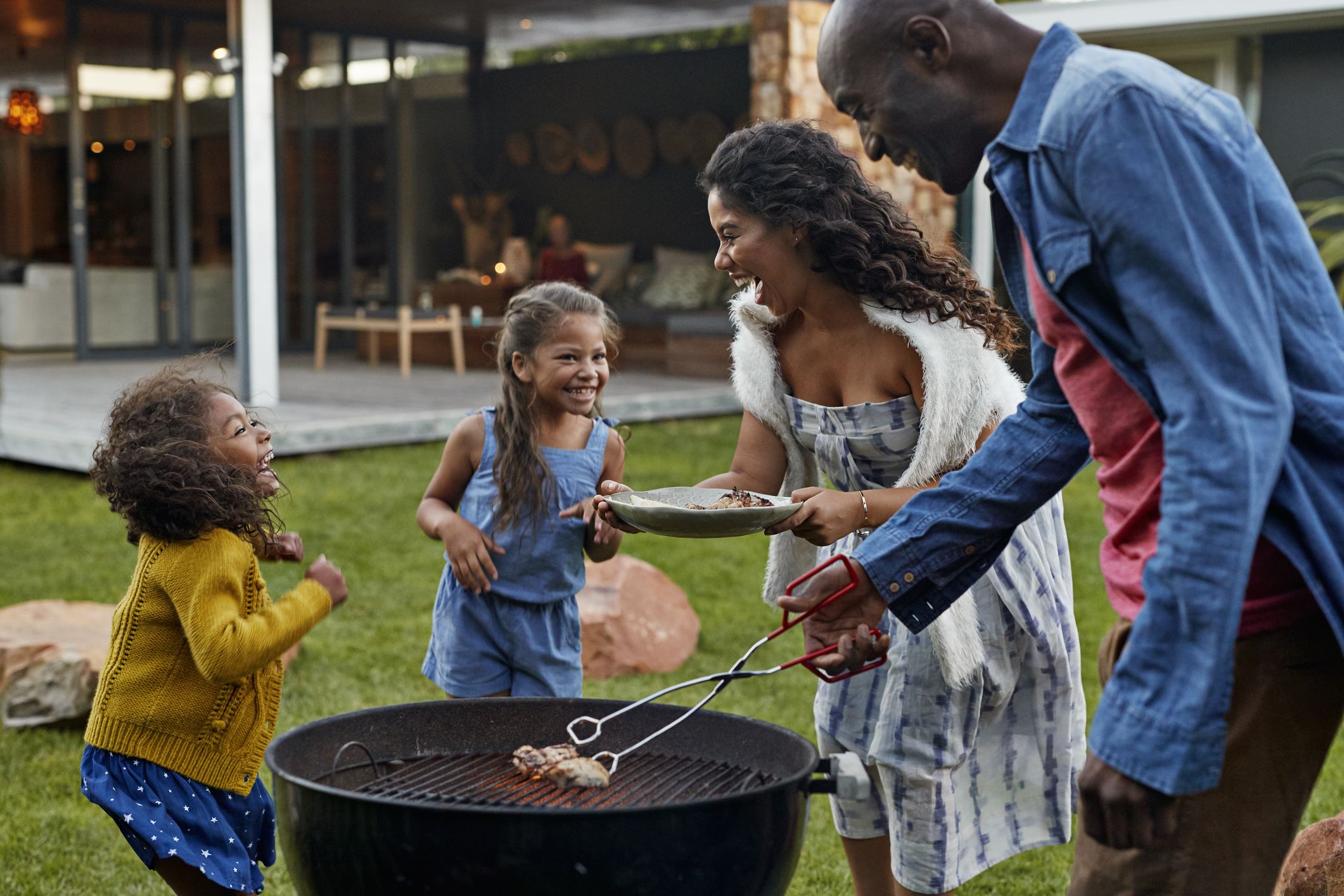
The classic Saffa braai is enjoyed in households across the nation, but as diverse as the dishes can get, there are a few braai staples every braai master needs to know. From ins-and-outs on how to prep and grill, here are some tips on how to level up your braai skills:

Spice up your braai
Before you can get grilling, you need to make sure your meats are seasoned and basted to perfection. Temperature is also important. All pork cuts will be more succulent if you defrost frozen braai cuts overnight in the fridge, and then let it come to room temperature for about one hour before braaing it over medium coals.
You also need to know what you’re braaing on – gas, wood, coals or briquettes – to know the flavour outcome you’re trying to get. To achieve that smokey undertone on your pork chops, you’d want to opt for a wood braai - knowing your braaing option will also help you to baste and season your meat accordingly.
When it comes to prepping your chops and sausages, there are many ways to season it. But some local and lekker faves that never let one down include a simple salt and pepper rub, a saucy sweet-and-sour barbeque basting mixture, and a spicy masala rub. Avoid sugary or honey-based marinades during the early stages of braaiing any pork dishes, as the sugar tends to burn black. Rather used an oil based marinade early on during the braai process, and paint the sweet sauces onto the meat with a basting brush 5 minutes before removing the cuts from the braai. That way you’ll get great taste without the black burnt bits.
Turn up the heat
Once you have prepped your meat for the fire, ideally the night before to let the flavour soak into the meat, you need to pre-heat your braai. Whether you’re doing a wood braai, a fire pit, or a gas skottel braai, you want to ensure that your wood or coals or gas is heated to a comfortable ember and heat so that your chops can sizzle and cook to perfection and not a burnt crisp. The rule of thumb is that if you can hover your hand over the braai grid for seven to ten seconds without pulling it away from burning, it’s ready for your meat to go on. Pork cuts are quite delicate in texture and benefit from longer braaing at less intense heat.
Be a tong-master
To ensure an even grill, you need the right tools, like a good pair of tongs to grab and turn the meat. Avoid using a fork at all costs. Piercing any meat with a fork will simply cause all the lovely meat juices to run out. You don’t want to flip too much as you might risk losing juice and the flavour in your meat. It’s recommended to flip pork cuts only once or twice, letting a nice golden crust form on the underside before flipping it, while beef and lamb cuts can be flipped more often.
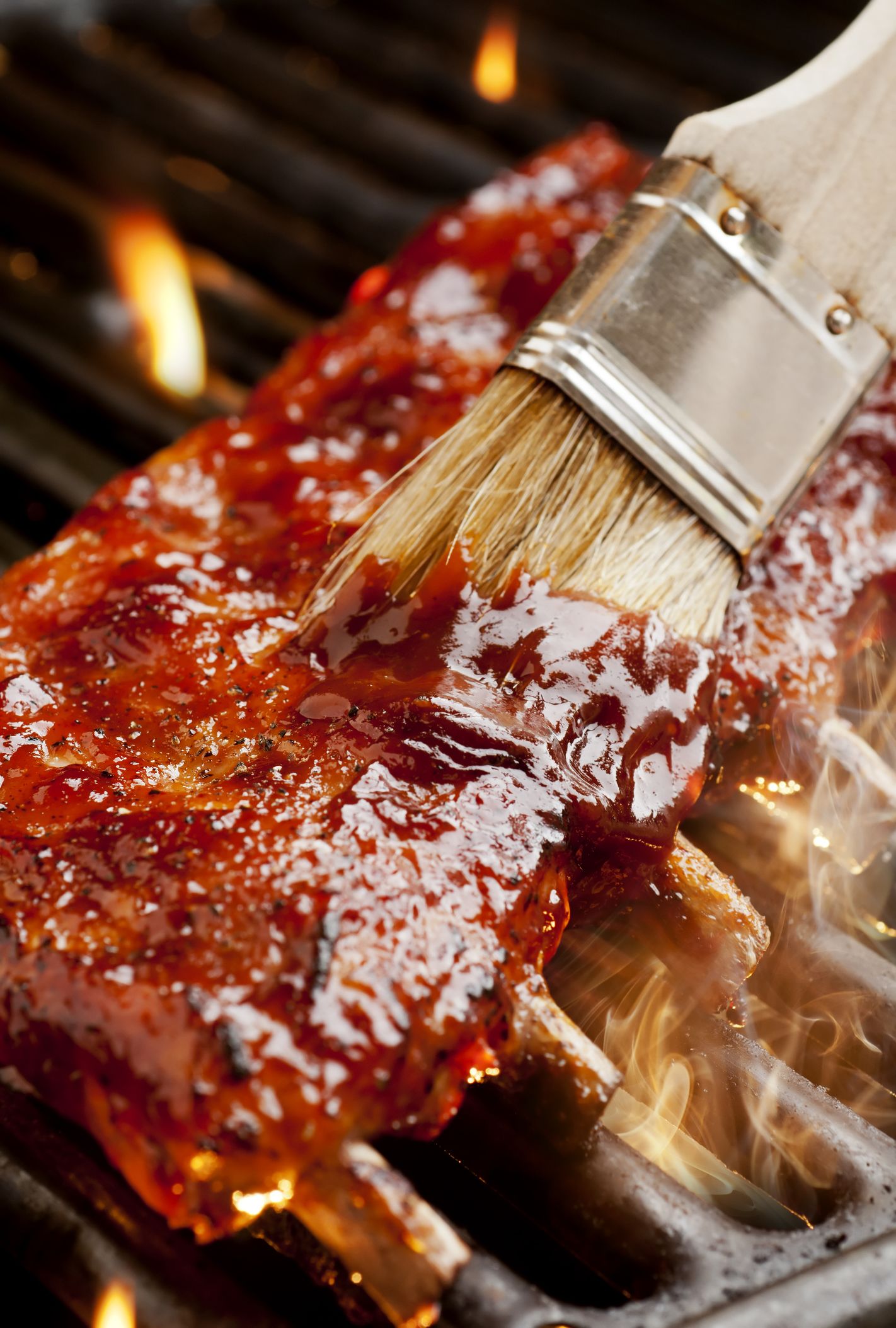
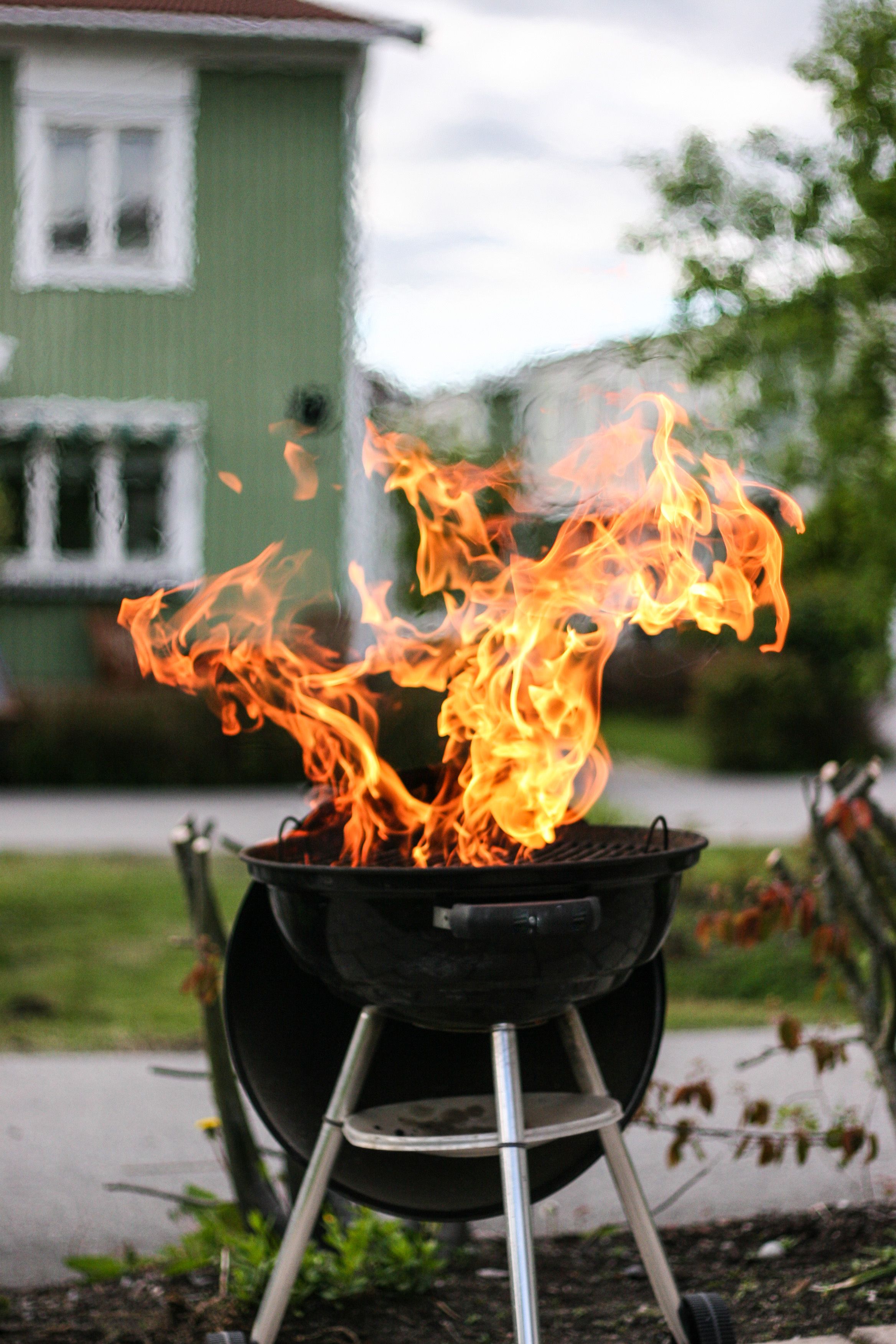
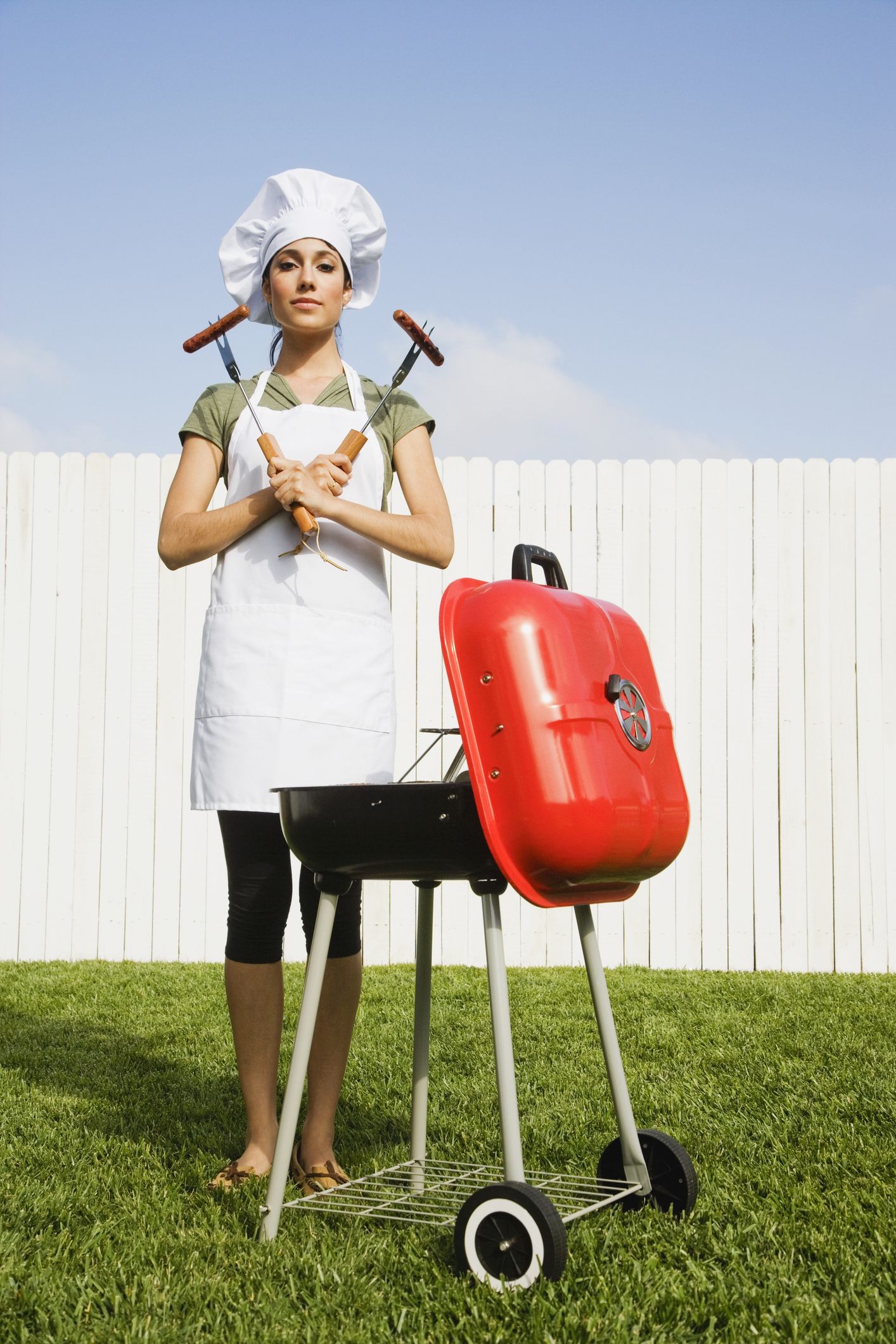

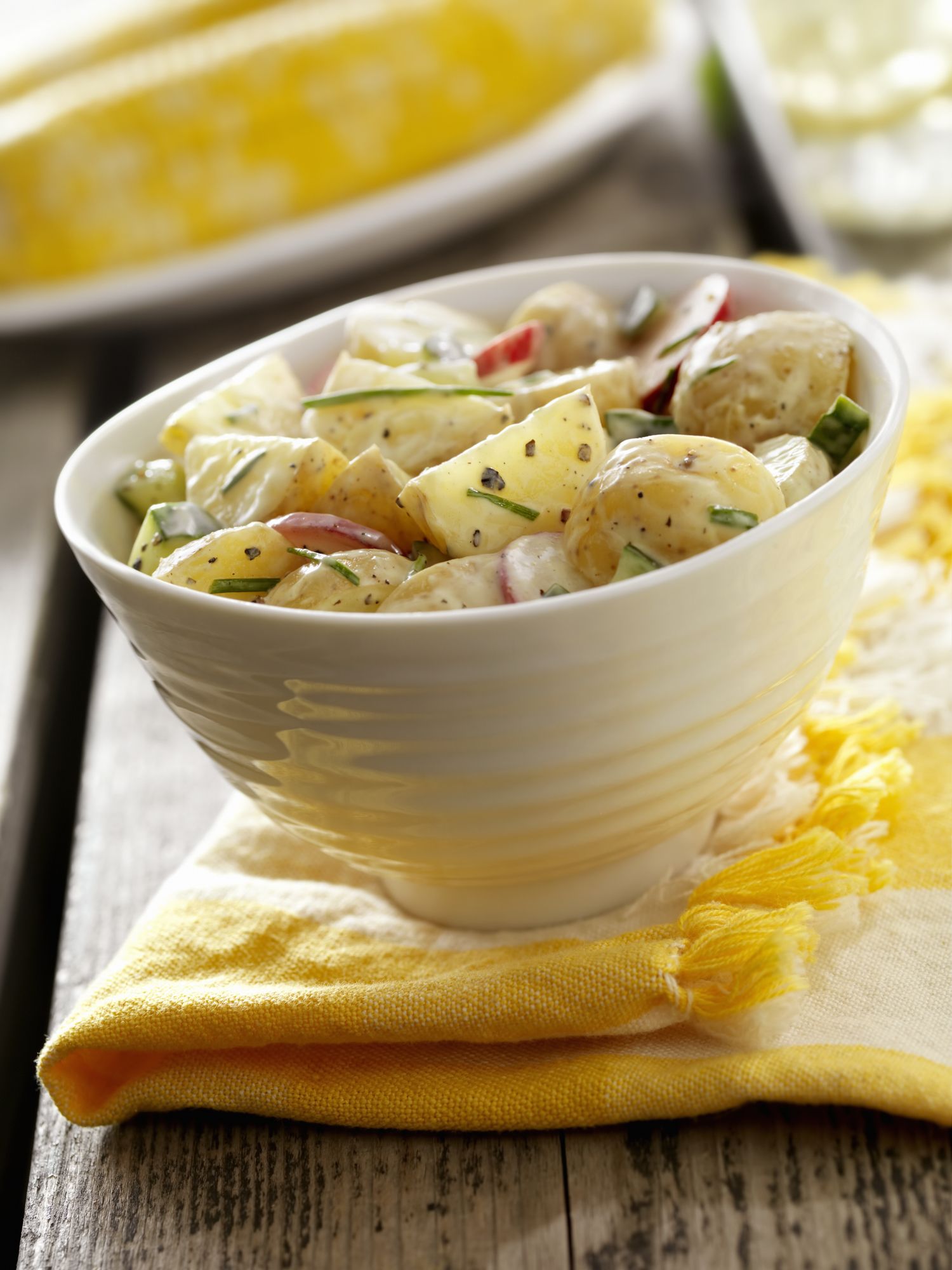
Perfect meat every time
Everyone has a preference on how they like their meat cooked – rare, medium or well cooked.
It can be hard to strike the perfect balance between overcooked and juicy, but one sure way to cook perfect pork on the braai every time is the spring test. This chef trick is simple and all you have to do is test your meat with your finger in relation to the palm of your hand.
It's said that raw meat has the same firmness as the relaxed flesh below your thumb. For a perfect rare cook, the meat should feel about the firmness of the flesh below your thumb when pressing your index and thumb finger together.
For a juicy medium-rare cook, your meat should have the firmness of the flesh below your thumb when pressing your thumb and middle finger together and for medium cook the meat it should be the firmness of that area when pressing your thumb and ring finger together.
And, of course, well-done, would feel the likeness of the area under your thumb when pressing your thumb and pinky finger together.
A more precise and accurate way of testing pork cuts for the ideal degree of being cooked is to use a meat thermometer. Place the point of the thermometer into the thickest part of the pork and if it registers 71 C, it should be taken off and left to rest.
Alternatively, you can make a small incision into the pork with a sharp, straight blade knife. If the juice that runs out is clear and just slightly pink, it’s cooked and should be removed from the coals. Pork in South Africa is so safe that it should be served just cooked until light grey inside and even a little bit pink in the centre for optimum succulence. There is no reason to braai or cook it until well-done.
It's important to remember that meat continues to cook when removed from heat. So to avoid losing juice and flavour, remove most meat, especially pork, before it is dry. The thumb test helps to give you a good indicator of when to take your meat off the sizzling braai grid as it checks the firmness of your meat while still ensuring it has a spring to it.
The pairings
A braai is incomplete without its partner in crime – the side dishes. From stywe pap and chakalaka to braai-baked potatoes stuffed with cheese and bacon and side salads, there are a plethora of side dishes to create. But with whatever side dish you opt for, it’s best to ensure they’re ready to eat alongside your braai, so it’s suggested to prep these in advance.




